00027: IL MUSEO DEL BURATTINO
By the time I arrived in Bergamo I knew two things: 1) Arlecchino and Brighella are the two commedia dell’arte characters with roots in the city, and 2) somewhere in the city of Bergamo a statue to Arlecchino exist. What I didn’t know was that my arrival to Bergamo coincided with the 2023 Bergamo Brescia Italian Capital of the World Culture Festival.
As soon as I knew of it, I quickly set out to figure out what theatre events, especially in relation to commedia dell’arte were happening. My search brought me to “The Puppet Theatre Museum,” better known as “Il Museo del Burattino.”
Here, I had the opportunity to learn the history of, and admire the many different types of hand puppets that had been created in the Bergamo region, along with learning about the invited Italian guests’ collections representing China and Japan .
The museum exists mainly thanks to La Fondazione Benedetto Ravasio and the collaboration of five other families from the Bergamo region who have dedicated their lives to the preservation of the “burattino” tradition. The “burattino” exhibition then, contains eight different collections, one for each family, one for the foundation, and the Italian guests’ collections representing: China and Japan.
The Losa Family Collection dates back to the end of the 19th century, when Giuseppe Losa became the first puppeteer in the family. Giuseppe built his own puppet theater at home and later, when he was older, he moved it to his son’s home, Fiorino Losa. After Giuseppe’s passing, Fiorino inherited his father’s puppets and theater. Today, the family has about 50 “burattini” in their possession, puppets that only are seen through the museum’s exhibitions.
The Scuri Family Collection is a private acquisition by Pietro Scuri, who, in the 1970s bought eight puppet theatre drops and all the puppets that belonged to Carlo Sarzetti (1896-1970). Later, in the mid 1980’s he expanded his collection by acquiring a puppet theater, a few backdrops and the puppets that belong to artists Arturo Marziali (1908-1976.)
The Cortesi Family Collection is headed by Daniel Cortesi, a professional artist. His collection has 100 puppets, costumes, props, scripts, and a puppet theatre. Daniel has added 93 puppets and 24 scenarios, all made by himself.
The Angelini Family Collection belongs to Luì Angelini, who is a puppet theater professional. He has built his own collection made of traditional materials. The “historical section” of the exhibition contains burattini that belonged to his father, Sandro Angelini, who acquired the set from Bergamo artist puppet maker, Carlos Sarzetti.
The Milesi Family Collection is from San Pellegrino and dates back to the last year of the 19th century. It is made up of 100 burattini sculpted by Enrico Manzoni, also known as Rissolì. The collection also contains three puppet theaters and forty backdrops.
Last but not least, we have The Ravassio Family Collection. It began in 1947 with Benedetto Ravassio (1915-1990) who was a puppet artist, and Giuseppina Cazzaniga (1917-2015.) The collection is made up of 90 puppets, a theater, scripts, a photographic archive, a library, and a video collection. Their most important collection is their “Commedia dell’arte” Burattini (image above.) The Benedetto Ravassio Foundation was started by his family, and present curator of its museum is the last surviving member of the Ravassio Family.
And of course, we cannot forget about the temporary collections representing China and Japan. Although the collections don’t come from these countries, both the hand puppets and the string puppets are original pieces from both countries, collected by two important Italian burattini aficionados.
The Chinese Collection is composed of traditional string and hand puppets loaned by Mario e Giorgio Pasotti. It is titled, “A Journey to the Occident.” It is a metaphor for life, an encounter between the real and the imaginary, the physical and the spiritual.
The Japanese Collection is composed of both Bunraku puppets and Japanese Burattini from Lombardi. The collection belongs to Maurizio Buscarino. It is a collection full of imagination, power, and tradition.
This information was written with permission by Il Museo del Burattino.
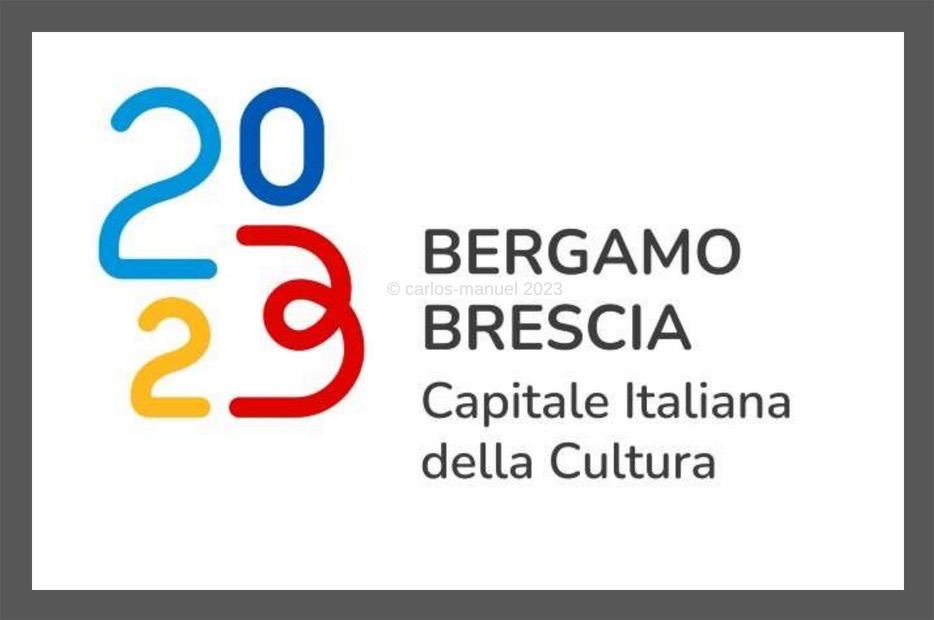

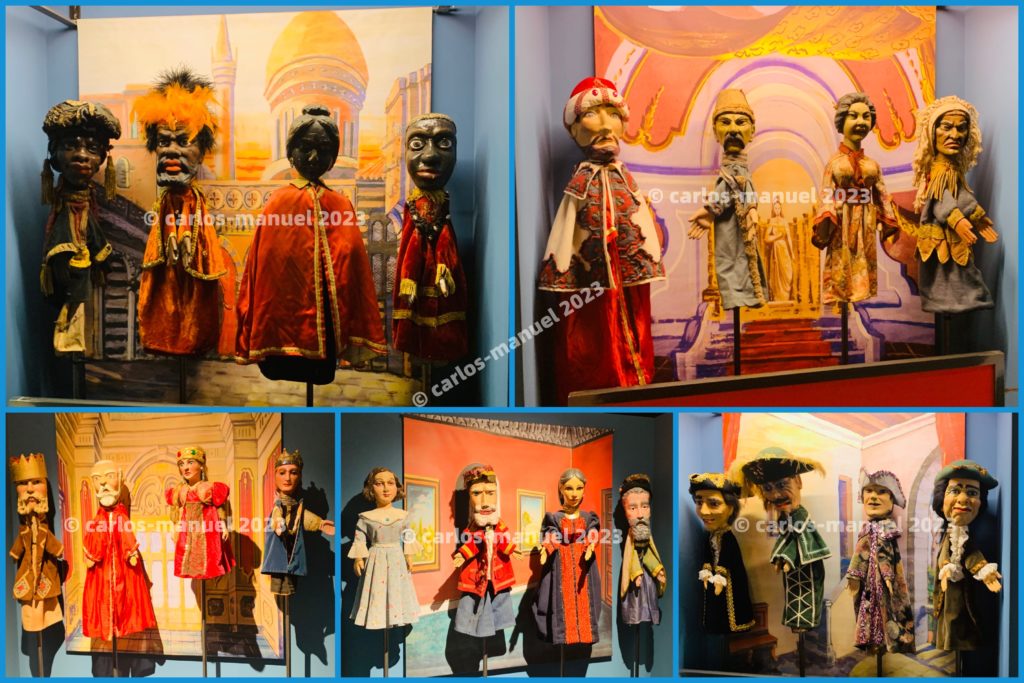
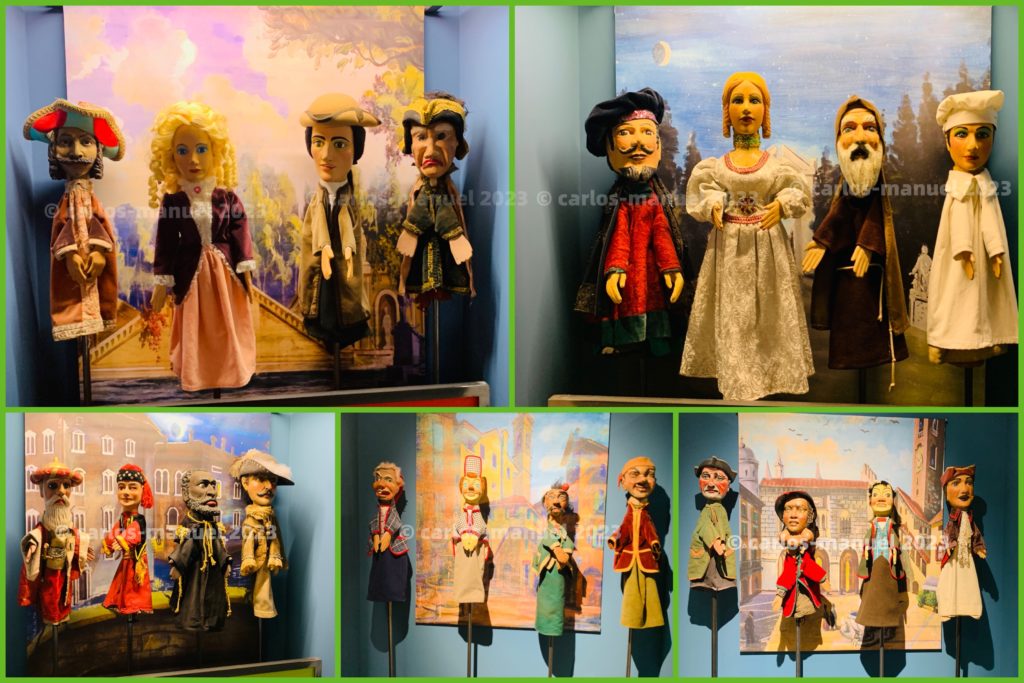
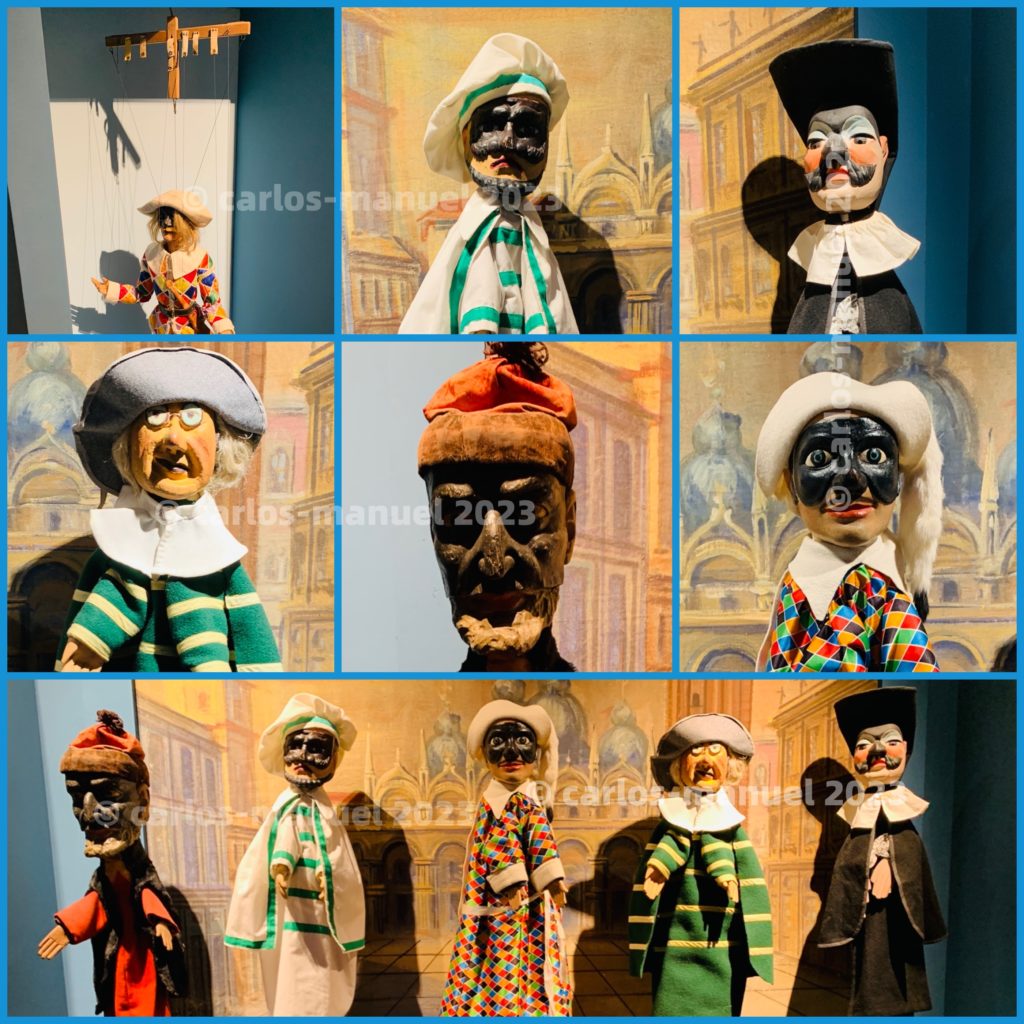
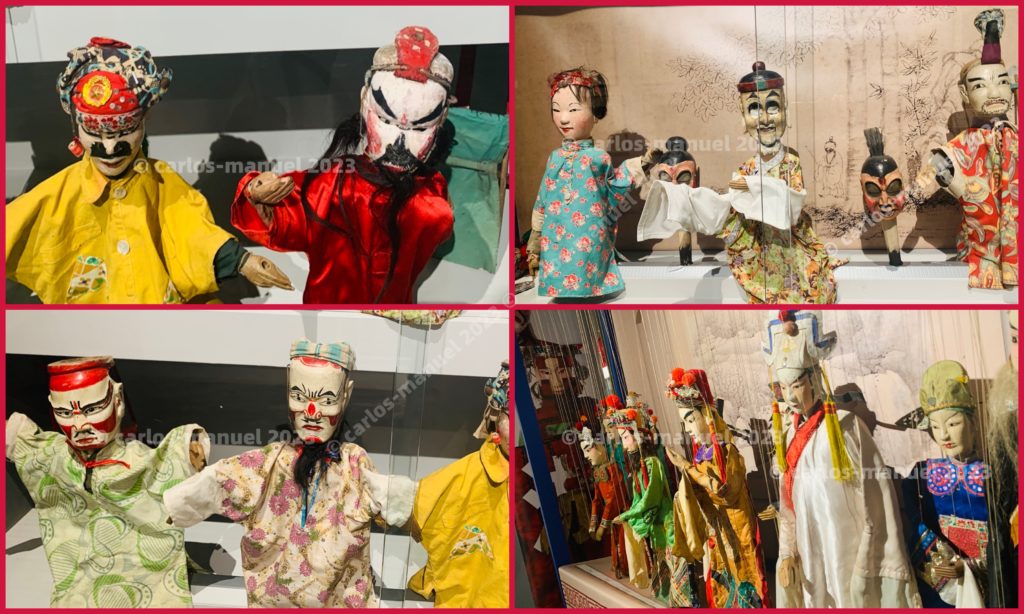
Leave a Reply
You must be logged in to post a comment.